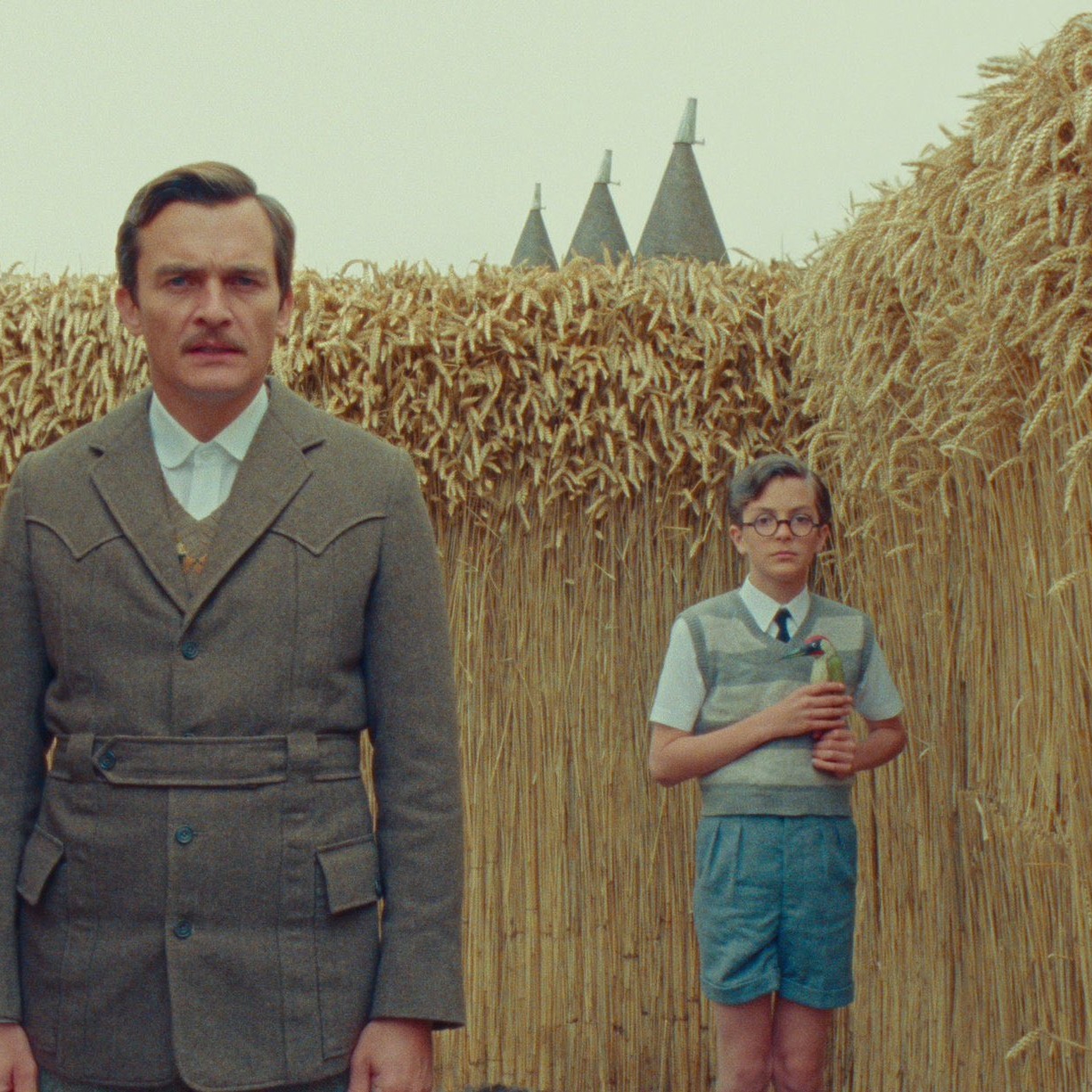
Film critic Joel Bishton writes on Wes Anderson’s new short story collection for Netflix, finding it unspectacular but enjoyable as an ‘insubstantial treat’
There is an Empire magazine joke that, whenever a trailer for a new Wes Anderson film comes out, people will say “Wes Anderson has made his film again” and, on the surface, that is true of his latest, the short film for Netflix, The Wonderful Story of Henry Sugar and the other three films he has made: Poison, The Rat Catcher and The Swan. It has all the Wes Anderson staples: a repertory cast of actors from previous films (Ralph Fiennes and Rupert Friend return, playing multiple roles), symmetry of composition, an exquisitely designed set, nesting narratives (all of the stories are at least partially narrated by Fiennes’ Roald Dahl, the original writer of all the stories), even binocular shots make an appearance. The set of films also see him go back to many of his previous themes: India and England are key locations already used by Anderson in The Darjeeling Limited (2007) and Fantastic Mr. Fox (2009), the latter of which was an adaptation of Roald Dahl, and the main character is a middle aged man, cut off from the world. So far, so Wes Anderson. However, there are substantial differences between this and his other work.
“[The film] has all the Wes Anderson staples
In these films, Anderson employs a mixture of theatrical and filmic techniques to tell the stories. They lean into a theatricality which has its roots in Anderson’s college theatre work, influenced Rushmore (1998) but had mostly disappeared from his work until, to a lesser extent, The French Dispatch (2021) and more obviously in his most recent feature length film, Asteroid City (2023). The framing device of that film was the eponymous, hypothetical play with Bryan Cranston acting as the films’ narrator, a device that continues here, with whoever is narrating the story aiming that on screen narration to the audience. There are also stagehands who move props and sets around the actors.

However, he is also very clearly utilising the techniques of film to tell the story, by at one point showing Henry Sugar (Benedict Cumberbatch) driving a car by showing footage of scenery behind an unmoving Sugar.
The cast is also a change. All the major parts are played by a repertory company of five actors who all appear and reappear playing multiple characters across the films: Fiennes, Ben Kingsley, Richard Ayoade, Friend, Cumberbatch and Dev Patel. Of these, only Friend and Fiennes have appeared in previous Anderson films (Friend in The French Dispatch and Asteroid City and Fiennes famously in The Grand Budapest Hotel). It is worth exploring who these men play.
“Anderson employs a mixture of theatrical and filmic techniques to tell the stories
The film starts with Roald Dahl (Fiennes) in his writing shed telling us the story, which is then picked up by Henry Sugar who is telling the story of Dr Chatterjee’s (Patel) encounter with Imdad Khan (Kingsley), a man who has been taught by The Great Yogi (Ayoade) to see without his eyes. It is worth noting that all the actors play multiple roles within the story, as well as appearing in the other adaptations: Poison being about a man (Cumberbatch) who believes he has a poisonous snake on top of him and the attempts made to deal with it; The Rat Catcher being about a rat catcher (Fiennes) and the ways he catches his rats and The Swan being a story narrated by Rupert Friend about a boy who finds an interesting way to escape- from his two bullies. It is worth talking about these actors themselves. They all engage in Anderson acting (straight faces, dialogue as fast as possible) but all of them have some degree of a star turn. Fiennes gets to throw himself into the part of the rat catcher who has to think like a rat, Cumberbatch moves from different accents with ease in Henry Sugar and Friend plays almost every part in The Swan. Kinglsey and Patel also shine when given the opportunity to, while Ayoade is not given anything especially interesting to do but is perfectly fine.
Verdict: 6/10
The problems, so much as there are any, lie in the script. It appears to be a word for word adaption of Dahl’s stories, meaning that Anderson is responsible less for the words than the visuals. All the short stories themselves are well written but lack any real substance or depth, which continues into the adaptation. However, as an insubstantial treat, they are a delightful thing to watch and worth spending time with.
The Wonderful Story of Henry Sugar is available to stream now.
Enjoy this review? Check out these other articles from Redbrick Film:
In Defence of: Toy Story 4 | Redbrick Film
Comments